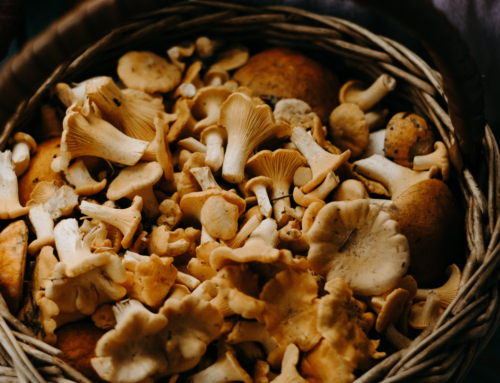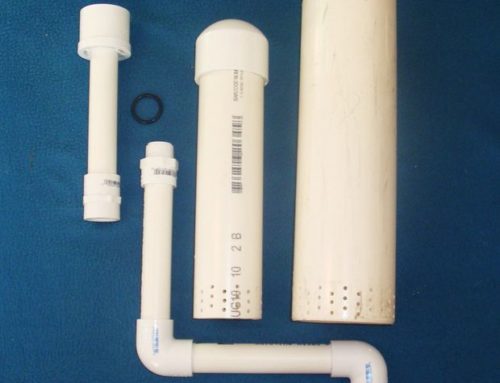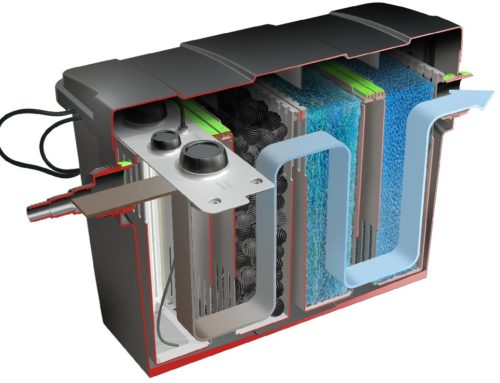ecoAgro project is a service launched by Cavendish International to support sustainable smallholding and community farming. ecoAgro provides guide lines, training, products and machinery, sourced from various countries and from internationally re-known companies who are brand leaders in their respective product category. ecoAgro products and services offer solutions to improve productivity, increase efficiency and reduce production cost with in an eco friendly framework.
What is smallholding farming?
A smallholding farming is a residential site with more land than a garden, but less than a farm. The land is typically used for productive mixed crops including livestock and woodland management for fuel. Often there will be growing both for the needs of the residents (subsistence farming) and for cash crops. The lines between garden, smallholding and farm are blurred but basically a smallholding is just a very small mixed farm – small being relative to the size of farms in that particular society. Smallholding is still the most common livelihood in the world, even though there is a global flow from country to city (and in the West, a trickle has started in the opposite direction).
- ecoAgro project objectives: Smallholding farming is hard labour and typically low yielding. Making the smallholding farming a high-yielding activity to provide economically desirable and viable income is the goal of ecoAgro project.
- ecosystem sustainability: Ecologists recognise that smallholding farming is beneficial to the ecosystem, as it creates habitat heterogeneity and forms part of a semi-natural landscape.
- economic efficiency: The small-scale agriculture business with a high yield can be achieved with investment in training, equipment, and access to latest development in the field.
What is the future of smallholding farming?
Smallholder farming is a major source of food production and income for the global rural population in general, especially in the developing world. As many as 2.1-2.5 billion people are involved in farming smallholdings and there are perhaps 500 million smallholdings in the world (FAO 2010; IFAD & UNEP 2013). Most of the global increase in population size in future will occur in the regions, where food insecurity is rife and more than a third of agricultural land is composed of smallholdings (FAO 2013). The production growth needs to rise radically to feed the growing populations, and, it is hoped, help the dietary transition to a more nutritious (rather than subsistence) diet as the countries develop economically. Smallholder agriculture (SHA) is therefore an important focus of development workers with a view to helping smallholders increase yields and incomes.
Economic efficiency
There are many economic advantages in farming on a small-scale land. Local farmers generate a local economy in their rural communities. An American study showed that small farms with incomes of $100,000 or less spend almost 95 percent of their farm-related expenses within their local communities. The same study took in comparison the fact that farms with incomes greater than $900,000 spend less than 20 percent of their farm-related expenses in the local economy. Thus, small-scale agriculture supports local economy.
Despite the claims of industrial farmer lobbies, large-scale farming is often less efficient than small sustainable farms. In fact, industrial single crop culture aims for a high output per worker. On the other side, small-scale farmers produce more food per acre of land.
The small-scale agriculture business model is generally oriented to sell products directly to the consumers. Disintermediation gives the farmer the profit that would otherwise go to the wholesaler, the distributor and the supermarket. About two thirds of the selling price would actually be lost for product marketing. Meanwhile, if farmers sell their products directly to consumers, they recover the totality of their product value.
Small-scale agriculture
Smallholdings can be more productive per acre than larger farms because they often have many uses for the same patch of land e.g. a fruit orchard containing sheep, chickens and bees. Crop output can benefit from the inter-relationships between species when grown together i.e. polyculture versus monoculture (and, just maybe, when there is more love applied per acre by smallholders living on and from their land than large farms with huge subsidies and absentee landlords). Read more …
High yielding crops
Crop yields are an essential aspect of every farmer’s day, impacting how profitable their farmland can be. Learning how to improve crop yields is key to successful farming, and access to new technologies and planting methods has given farmers an opportunity increase crop production – the key to maintaining the long term sustainability of their farm. Read more …
The right machinery
For many starting out on small plots, the tractors, harvesters, machinery and other farm equipment that may be needed are expensive and often too big for the job in hand. These lightweight, affordable and open-source tools will become a part of the growing revolution that is taking place across the globe. Read more …
Water management
Water is a vital component of agricultural production. It is essential to maximise both yield and quality. Water has to be applied in the right amounts at the right time in order to achieve the right crop result. At the same time, the application of water should avoid waste of a valuable resource and be in sympathy with the environment as a whole. Read more …
Low impact energy
As most of renewables provide electricity, renewable energy deployment is often applied in conjunction with further electrification (Low impact energy), which has several benefits: Electricity can be converted to heat (where necessary generating higher temperatures than fossil fuels), can be converted into mechanical energy with high efficiency and is clean at the point of consumption. Read more …
Fertilisers
Plants need to be fertilised because most soil does not provide the essential nutrients required for optimum growth. Even if you are lucky enough to start with great garden soil, as your plants grow, they absorb nutrients and leave the soil less fertile. There are six primary nutrients that plants require, carbon, hydrogen and oxygen—from air and water and the other three are nitrogen, phosphorus and potassium come from the soil. Read more …
Pesticides
Pesticides are substances that are meant to control pests or weeds. The term pesticide includes all of the following: herbicide, insecticide, insect growth regulator, nematicide, termiticide, fungicide, and disinfectant(antimicrobial). The most common of these are herbicides which account for approximately 80% of all pesticide use. Read more …




